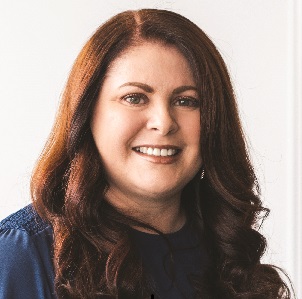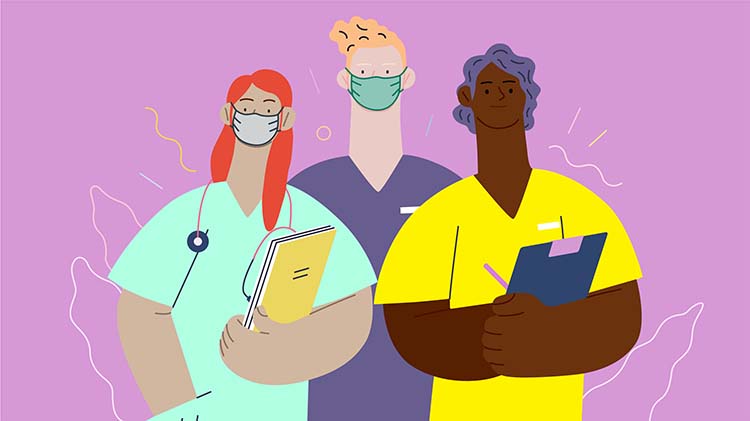Separated families and other conflicts of interest
06 Aug 2025
CASE STUDY 1
You’ve been treating Andrea for many years. You knew her when she met and married Ben, and you’ve gone on to treat the whole family.
Andrea asks for a referral to a psychologist. She says things are not going well in the marriage and she’s going to ask Ben to move out.
Ben comes to see you and asks you to document a small bruise on his left cheek. He says he and Andrea were having an argument, when she hit him with a saucepan.
Andrea comes in the next day and asks you to document the dark bruises around her left wrist, which she says occurred during an argument in the kitchen. Ben had become angry and tried to physically restrain her, so she had lashed out with the saucepan in her hand to make him let go.
Both Andrea and Ben intend to report the alleged assault to the police.
CASE STUDY 2
You’re a GP in a small rural community. You are alerted by raised voices and find two of your older male patients squaring up to each other in your practice reception. Bob had left your consultation room minutes earlier, and John is the next patient on your list.
You call John in an attempt to diffuse the tension, and he follows you into the room.
John apologises and tells you there are legal proceedings afoot between the two men. John is an organic farmer. Bob, his nearest neighbour, has used pesticides on his crop which threatened John’s organic status. The lawsuit is worth millions, and John indicates that he intends to add psychological damage to his existing claim, and he asks you to provide a medico-legal report in support of his claim.
What is a conflict of interest?
Good medical practice: a code of conduct for doctors in Australia1 describes a conflict of interest (COI) as a situation when “a doctor, entrusted with acting in the interests of a patient, also has financial, professional or personal interests, or relationships with third parties, which may affect their care of the patient…” and “these interests compromise, or might reasonably be perceived by an independent observer to compromise, the doctor’s primary duty to the patient…”.
This is extremely difficult to navigate when the third party who may be compromising the doctor’s ability to provide care to a patient is also a patient.
This situation is not uncommon when relationships break down, and it’s really important to recognise the potential COI early and take steps to remedy the situation.
What are the risks if I continue seeing both parties?
The risks are not always obvious at first, but they can include:
- both patients requesting a supportive report and/or issuing you with a subpoena to give evidence in court
- the temptation to challenge one patient’s version of the same event which has been disclosed to you by the other patient
- inadvertently disclosing something to one party that was disclosed in confidence by the other party, because you don’t recall which patient made the disclosure.
How do I choose?
You are often forced to choose one patient over another. This is easier when you have a long-established relationship with one patient, and not so much with the other. But what if both patients are valued patients and you don’t want to be seen to be taking sides?
This is a moral and ethical dilemma which can lead to doctors seeing both parties for much longer than they should.
How do I manage this practically?
When both patients know that you see the other patient, it’s best to be upfront and explain that the conflict between them puts you in a difficult position. It may be obvious to you which patient you need to move on to another doctor, and it can be helpful to explain your reasoning (e.g. Mum usually brings the kids for appointments, so it’s less disruptive to transfer the care of one patient rather than three).
Bear in mind that patients in the middle of a dispute are already feeling vulnerable, and it’s important to ensure the patient you are moving on knows it’s in their best interest to have a doctor who is not otherwise aware of the dispute; and that it’s not intended to be a punishment.
What are my options?
- It may be enough to move one patient on to a colleague in the practice. This won’t be an option if there is a family violence order in place against one patient.
- Make it clear that you’ve made no judgement in relation to the dispute that is creating the COI, and explain your decision to the patient with whom you are ending care.
- If you become aware of a serious COI and neither patient is aware that you see the other, this requires very careful handling – as you will need to move one patient on without breaching the confidentiality of the other patient.
Situations like this can involve a lot of emotion and present really challenging circumstances which require creative thinking. If you find yourself in this situation, contact our Medico-legal Advisory Services team for prompt and tailored advice.
Reference
- Medical Board of Australia. Good medical practice: a code of conduct for doctors in Australia. medicalboard.gov.au/codes-guidelines-policies/code-of-conduct.aspx
Professional boundaries in healthcare - Part 1
Boundaries with patients present in numerous ways every day and all health practitioners
11 Aug 2025
Understanding Professional Medical Indemnity Insurance
Do you understand the ins and outs of professional medical indemnity insurance?
11 Aug 2025
Professional boundaries in healthcare - Part 2
Boundaries with patients present in numerous ways every day and all health practitioners
11 Aug 2025
Understanding changes to the Fair Work Act
What are the changes to the Fair Work Act and what is my role?
22 Jul 2025







